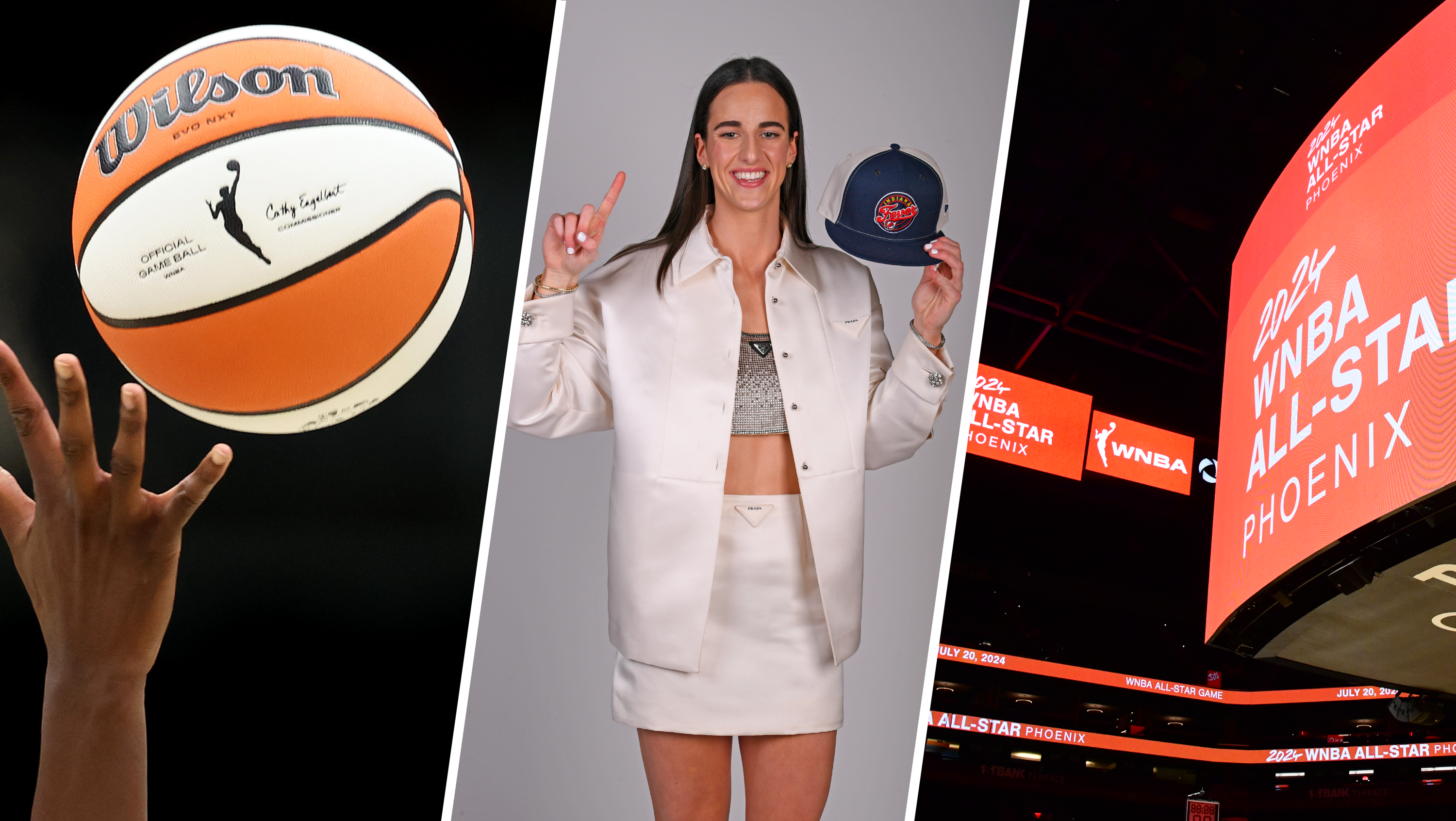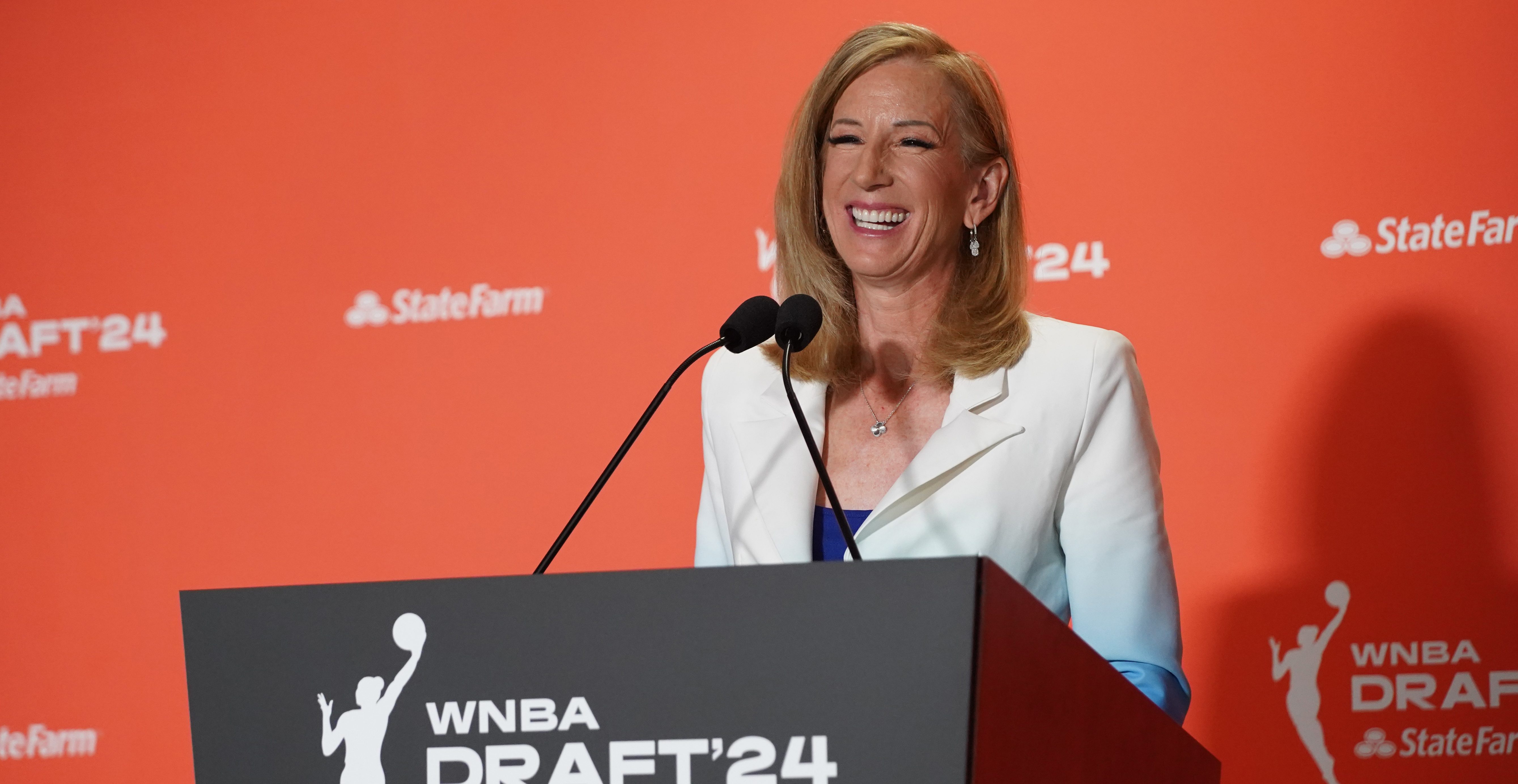
competitive
With liberal transfer rules and a desire to play for teams that can compete for championships and provide national exposure for college scholarships and even the NBA, it has become a common practice for high school athletes to market themselves to the most high-profile programs in the country.
Some of the most celebrated transfers in Illinois history were Kevin Garnett, Mark Aguirre, Marcus Liberty, Nick Anderson, Quentin Richardson, Jereme Richmond, Michael Hermon, Bill Small, Shaun Livingston, Fred Riddle and Bumpy Nixon, all basketball players.
In the last few years, however, transferring has become a cottage industry. De La Salle's basketball team lost Gavin Schilling to Findlay Prep in Henderson, Nevada, and Alex Foster to Seton Academy. Kyle Davis went from Hyde Park to Morgan Park. Tommy Hamilton left Whitney Young for IMG Academy in Bradenton, Florida.
Stay in the game with the latest updates on your beloved Chicago sports teams! Sign up here for our All Access Daily newsletter.
In the last two years, Wheaton Warrenville South landed two highly regarded quarterbacks, one from Ottawa, Illinois, and the other from Springdale, Arkansas. This season, a 1,700-yard running back moved from Bartlett to St. Francis in Wheaton.
In Chicago, handlers of a promising and widely recruited offensive lineman showed up at a few high schools and demanded: "If you guarantee that he will play left offensive tackle, he'll come here. If not, he'll go somewhere else."
This year, the most celebrated transfer could be 6-foot-5 junior L.J. Peak, who left Gaffney, South Carolina, and enrolled at Whitney Young. He is rated among the top 50 players in the country in his class by some evaluators. At Whitney Young, he will join two other highly rated players, 6-foot-11 Jahlil Okafor and 6-foot-9 Paul White.
"Peak is an explosive scorer who can create, drive with either hand, finish with major hops and is a surprising passer off the dribble," said veteran recruiting analyst Van Coleman. "He is a streaky shooter from around the arc but when he's on, he can be scary, like he was at Beach Ball last winter when he scored 40 points on 13-of-18 shooting, including five threes."
News
Coleman said Peak, who is being recruited by South Carolina and Clemson, will have to convert his game to the more physical style that is played in the Midwest, especially in the Chicago Public League. "If he does, he will be a huge addition to Windy City basketball. He probably will start the year rated around No. 40 in the class of 2014."
In other moves, A.J. Riley went from Peoria Manual to LaLumiere Academy in Indiana to Peoria Notre Dame, 6-foot-7 junior Don Johnson went from Niles Notre Dame to St. Joseph and 6-foot-5 senior Paris McCullum went from St. Patrick to Proviso East.
Nationally recognized recruiting analyst Bob Gibbons of Lenoir, North Carolina, who has been evaluating high school basketball players since the 1970s, said the hardest aspect of his job is to keep track of where top-rated kids are going from year to year.
"Transfers and reclassifications are a major dilemma," Gibbons said. "Kids are being jerked around. Always stay with the horses that brung you, I always say. If you have reached a level of success at a high school with a coach and your teammates, you don't have to go to a different school to get a scholarship.
"Parents are worst of all. They are like Little League parents. They have illusions fed by summer coaches that their sons will make them millionaires overnight with a pro contract and shoe contract. The hoop dream of today is to be recruited by Kentucky and enhance your chances of being a big-time prospect and become an NBA player after one year of college."
Coleman has observed the growth of transfers over the last decade. Every year, based on academics, a significant number of athletes leave high school to enroll at prep schools, some of which are legitimate while some aren't.
No matter, the aim of the prep school is to get kids qualified. There were 580 transfers in the NBAA last year.
"The whole system has changed to an impersonal look at things. Now it is the culture of recruiting," Coleman said. "Kids look at their own lives and what older kids are doing. Every time a kid is unhappy, someone is trying to help him go somewhere else.
"I understand if a kid has a desire to play for a state championship if his parents are willing to move. But I think we have gotten to a mentality that if it ain't right for me here, I can go somewhere else. Now if you don't promote a kid, he goes to another school where he thinks he can play.
It's the 'me' society of the 1960s. Kids have so many options."
And about this story? Does it get any more hypocritical than this? When athletes jump from one school to another to another, when does it become obvious that it isn't for academic reasons and somebody in authority steps in and says "enough is enough" and declares the athlete ineligible to participate in sports?
After being declared academically ineligible after his junior year at Peoria Manual, A.J. Riley, one of the state's leading basketball players in the class of 2013, transferred to La Lumiere Academy in LaPorte, Indiana.
One report said Riley was "homesick" but another report said Riley was flunking out of La Lumiere and withdrew before the school ordered him to pack his bags. Now Riley has returned to Peoria and reportedly will enroll at Peoria Notre Dame.
Let's get this straight:
Riley's AAU coach said the 6-foot-2 guard, who has received more than a dozen Division I scholarship offers, including Bradley, Illinois State, Creighton and Drake, was leaving Peoria Manual because he needed to escape Peoria's academically inept public school system. So now he is coming back because he has no other options?
And if Riley couldn't cut it at Peoria Manual, what makes him think he can achieve passing grades and meet NCAA academic standards at a parochial school such as Peoria Notre Dame?
"Transfers are out of control, largely with the involvement of prep schools," said recruiting analysts Roy and Harv Schmidt of Illinois Prep Bulls-Eye. "The problem is compounded because there is no way of regulating it. Who is the authority to step in? Who is the governing body? It has become enough of a national issue that the NCAA or the National High School Federation must step in.
"It has reached epidemic proportions because so many talented players have delusions of grandeur. They think prep schools are the fastest way of achieving success in college and moving to the NBA. It is hard to turn down those incentives."


